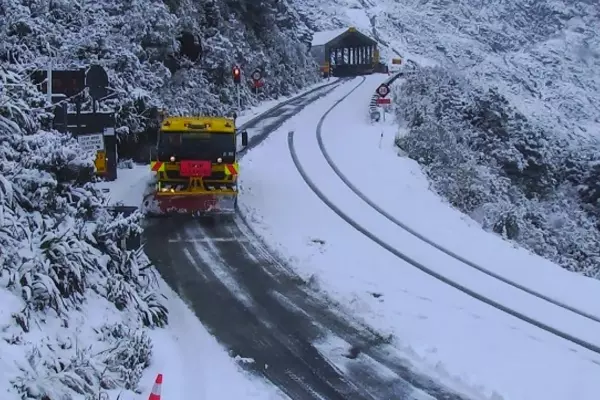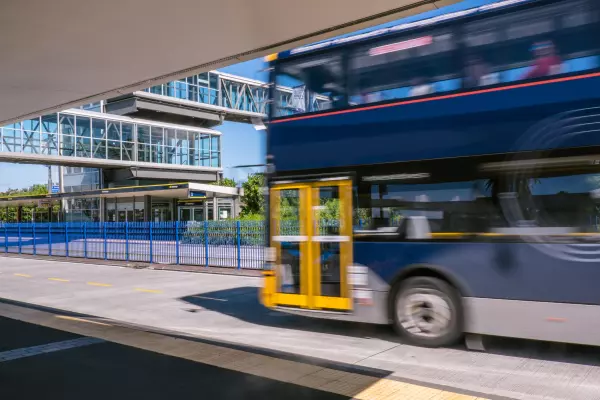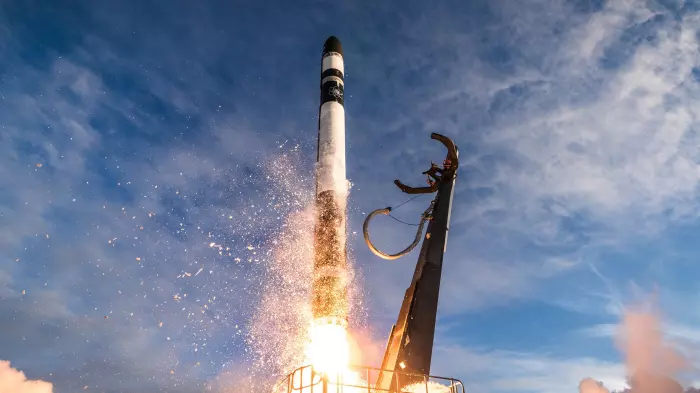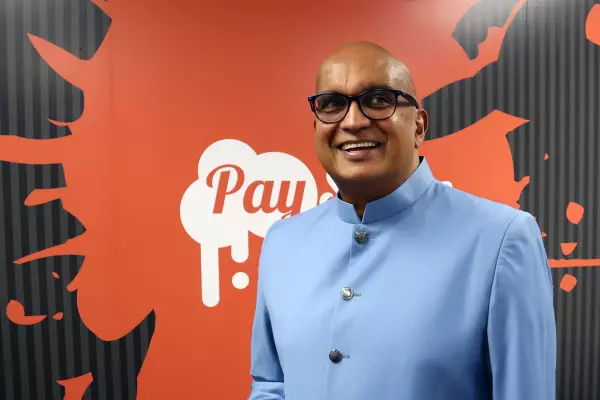Fibre is a faster and more reliable technology for delivering broadband to homes and businesses than the copper network it replaces.
Yet, as Chorus head of consumer and industry relations Daniel Aldersley says, that isn’t always well understood outside of the telecommunications sector.
He says there are several myths about copper technology that confuse matters.
Top of the list is the idea that copper is more reliable than fibre in emergencies like the recent weather events that took out power and communications networks across the north of the country.
Many people also believe that copper’s performance is superior to fibre or at least on a par with the newer technology. Another myth is that fibre is more expensive than copper.
Based on memories of old-school phones
Up to a point, the idea that copper is more reliable is based on people’s memories of using old-fashioned copper landline phones to make voice calls in a power cut.
Older people remember they could make calls on the old handsets; they didn’t need their own electricity that was supplied through the phone line.
Those memories are real enough, but they are not the whole story.
Old-school copper landline phones needed electricity; they just didn’t need it to be in the building.
Instead, they took power from the telephone exchange. If a power cut was local enough, the exchange might still be connected to the grid.
If the power cut was more widespread, the exchange had battery backup. In an extended power cut, there would be a generator that continued to power copper services.
New landline handsets need power
Aldersley points out that many homeowners replaced the old-style handsets in the 1990s with wireless handsets that needed a local power supply to operate.
He says: “After the Christchurch and Kaikoura earthquakes there was a nationwide call from Spark and the other telcos for people to send old phones that didn’t need power in the home, because they knew it was going to be a long haul to restore power supplies.”
Some old-school landline phones can still draw power from an exchange, but not many. Much of the modern copper network runs through the kerbside cabinets that Telecom rolled out 20 years ago.
He says: “The 'cabinetisation’ of copper lines significantly improved the performance of copper broadband, but it reduced the amount of time that a copper landline would work in the event of a power outage.
"The cabinets have batteries, but they have a short life. What we saw in Hawke's Bay after the cyclone was that hundreds of those cabinets were out of action.”
Away from power considerations, the copper network is inherently less resilient to flooding than fibre.
Aldersley says during the Auckland floods earlier this year, the fault rate on the copper lines was 10 times that of fibre. It’s not only floods.
He says, “We dread the days it rains because there is a direct correlation with the number of copper faults raised."
One reason some people think copper performs better than fibre is an accident of history.
“When fibre was first introduced, the entry-level plan was 30 megabits-per-second (Mbps) down and 10 Mbps up.
"If you were on VDSL at the time, that would probably have come across as a degradation in performance”, he says.
VDSL is the fastest broadband technology for copper networks, customers could typically get speeds of up to 70 Mbps.
Few consumers understand broadband speeds
In general, Aldersley says consumers tend not to understand broadband speeds.
“We did some consumer research: the actual speed and megabits per second is a meaningless term to a lot of people. If you communicate 100 or 300 Mbps or a gigabit, they're just numbers.
"They aren’t sure even if you say fibre is 10 times as fast as copper. They know they can’t watch Netflix faster.
"Fibres-enhanced performance is real and important, but it isn’t always obvious to users who aren’t gamers, in a large family or who don’t use high bandwidth applications.”
Aldersley says there’s also an assumption with some customers that because fibre is new, it is going to be more expensive than the older service it replaces.
That’s not the case, but that’s how people see the market.














